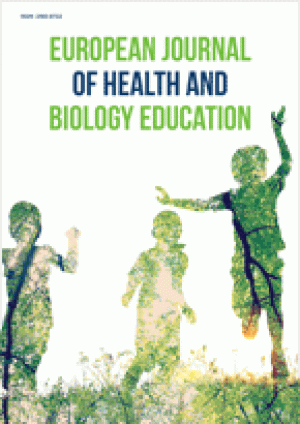Abstract
Students’ favorable perception of the classroom learning environment (CLE) coupled with a positive attitude towards biology are important and significant predictors of their learning outcomes in the subject. However, the attitudes of students towards biology have been worldwide reported to be subpar, a tendency that has been caused by ineffective instructional strategies adopted by teachers. The purpose of this research was to determine if biology students who received instruction through concept mapping (CM) held more positive views of CLE and had better attitudes toward biology compared to students who were taught using conventional teaching methods (CTM). To achieve this, a sample of 305 senior two secondary students (152 males and 153 females) purposively selected from six coeducational secondary schools in nine intact biology classes from Nyamagabe District, Rwanda was used. Biology attitude questionnaire (BAQ) and what is happening in this class? (WIHIC) were used in the study to gather data. Data were analyzed through descriptive statistics, a multivariate analysis of variance, Pearson correlation, and multiple regression analyses. The results indicated that for every WIHIC and BAQ scale, there were statistically significant (p<0.05) difference in the scores of students in CM and CTM classes. Based on the results provided, it’s evident that all WIHIC measures did not display any significant disparity in students’ perceptions of CLE, while BAQ scales showed a difference favoring female students in CM classes in terms of interest and enjoyment. Students’ attitudes toward biology and CLE were found to be positively correlated. Teacher support and cooperation scales were statistically significant independent predictors of students’ attitudes toward biology. Based on the results, it was determined that using CM rather than CTM when teaching and studying biology improves students’ attitudes toward biology and their perceptions of CLE. Therefore, the study recommends among other things, the teachers’ adoption of CM in biology teaching and learning process.
License
This is an open access article distributed under the Creative Commons Attribution License which permits unrestricted use, distribution, and reproduction in any medium, provided the original work is properly cited.
Article Type: Research Article
European Journal of Health and Biology Education, Volume 11, Issue 1, 2024, 29-41
https://doi.org/10.29333/ejhbe/14788
Publication date: 09 Jul 2024
Article Views: 1813
Article Downloads: 1366
Open Access References How to cite this article
 Full Text (PDF)
Full Text (PDF)